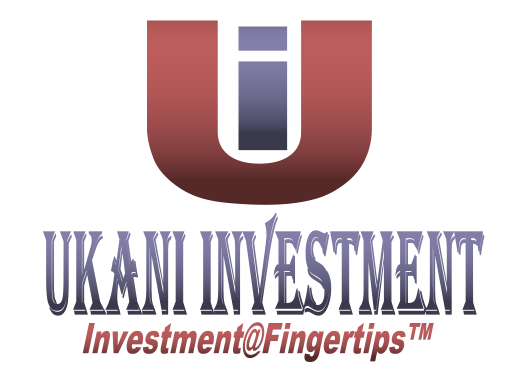
Content Security
Content security refers to the measures and practices implemented to protect digital content, such as documents, images, videos, and other data, from unauthorized access, disclosure, alteration, and distribution. It involves safeguarding sensitive information and ensuring that content is used and shared appropriately. Here are key components of content security:
Access Control:
Implementing access controls to restrict access to content based on user roles and permissions.
Using authentication mechanisms to verify the identity of users accessing the content.
Digital Rights Management (DRM):
Implementing DRM solutions to control and manage access to digital content.
Protecting intellectual property rights and preventing unauthorized distribution.
Data Loss Prevention (DLP):
Utilizing DLP solutions to monitor and prevent the unauthorized transfer or sharing of sensitive content.
Setting policies to detect and block potential data breaches.
Secure File Transfer:
Using secure protocols and methods for transferring files, ensuring the confidentiality and integrity of the content.
Implementing secure file transfer solutions for large or sensitive data.
Collaboration Platform Security:
Securing collaboration platforms and tools to ensure that shared content is accessible only to authorized users.
Integrating security features into collaboration tools.
User Education and Awareness:
Educating users about content security best practices, including the importance of strong passwords, secure sharing, and recognizing phishing attempts.
Promoting a culture of security awareness within the organization.
Backup and Recovery:
Implementing regular backup processes to ensure data recovery in case of accidental deletion, corruption, or other incidents.
Testing and validating backup and recovery procedures.
Incident Response Planning:
Developing and maintaining incident response plans specific to content security incidents.
Establishing procedures for identifying, containing, and mitigating content-related security incidents.
Encryption:
Encrypting sensitive content to protect it from unauthorized access, especially during transmission and storage.
Utilizing strong encryption algorithms and key management practices.
Watermarking:
Applying visible or invisible watermarks to content to deter unauthorized copying or distribution.
Providing a means to trace the source of leaked or misused content.
Content Filtering:
Implementing content filtering mechanisms to control access to specific types of content based on predefined policies.
Filtering content for malware, inappropriate material, or sensitive data.
Logging and Auditing:
Logging access and usage of content for auditing purposes.
Monitoring and analyzing logs to detect suspicious or unauthorized activities.
Endpoint Security:
Implementing security measures on endpoints to protect content stored or accessed on devices.
Enforcing device encryption, access controls, and endpoint protection.
Regulatory Compliance:
Ensuring that content security measures comply with relevant industry regulations, data protection laws, and compliance standards.
Adhering to privacy requirements for handling sensitive information.
Mobile Device Security:
Implementing security measures for mobile devices to protect content accessed or stored on smartphones and tablets.
Enforcing mobile device management (MDM) and mobile application management (MAM) policies.
Content security is essential for organizations that handle sensitive or confidential information, and it requires a multi-faceted approach to address the various risks associated with digital content. Organizations should tailor their content security strategies to their specific needs and compliance requirements.

